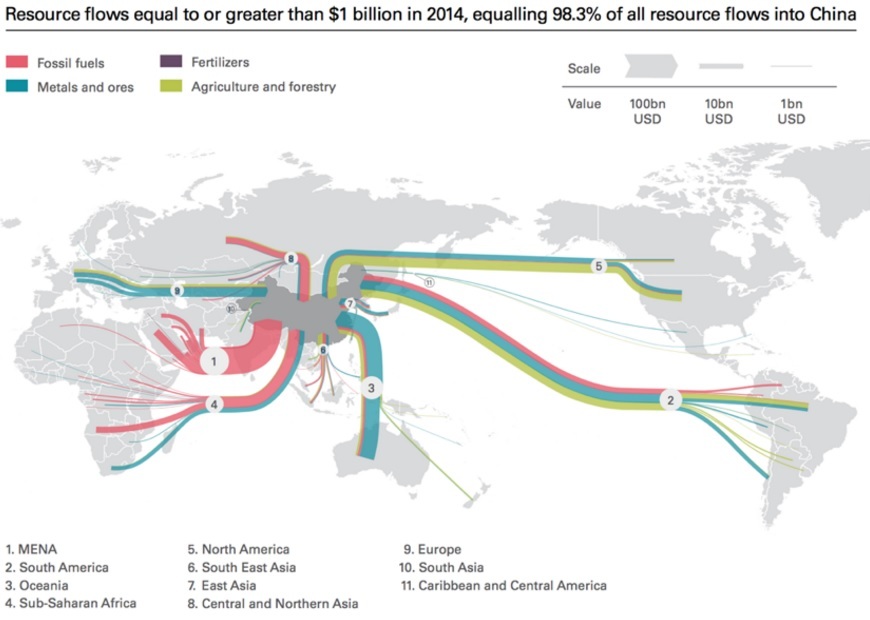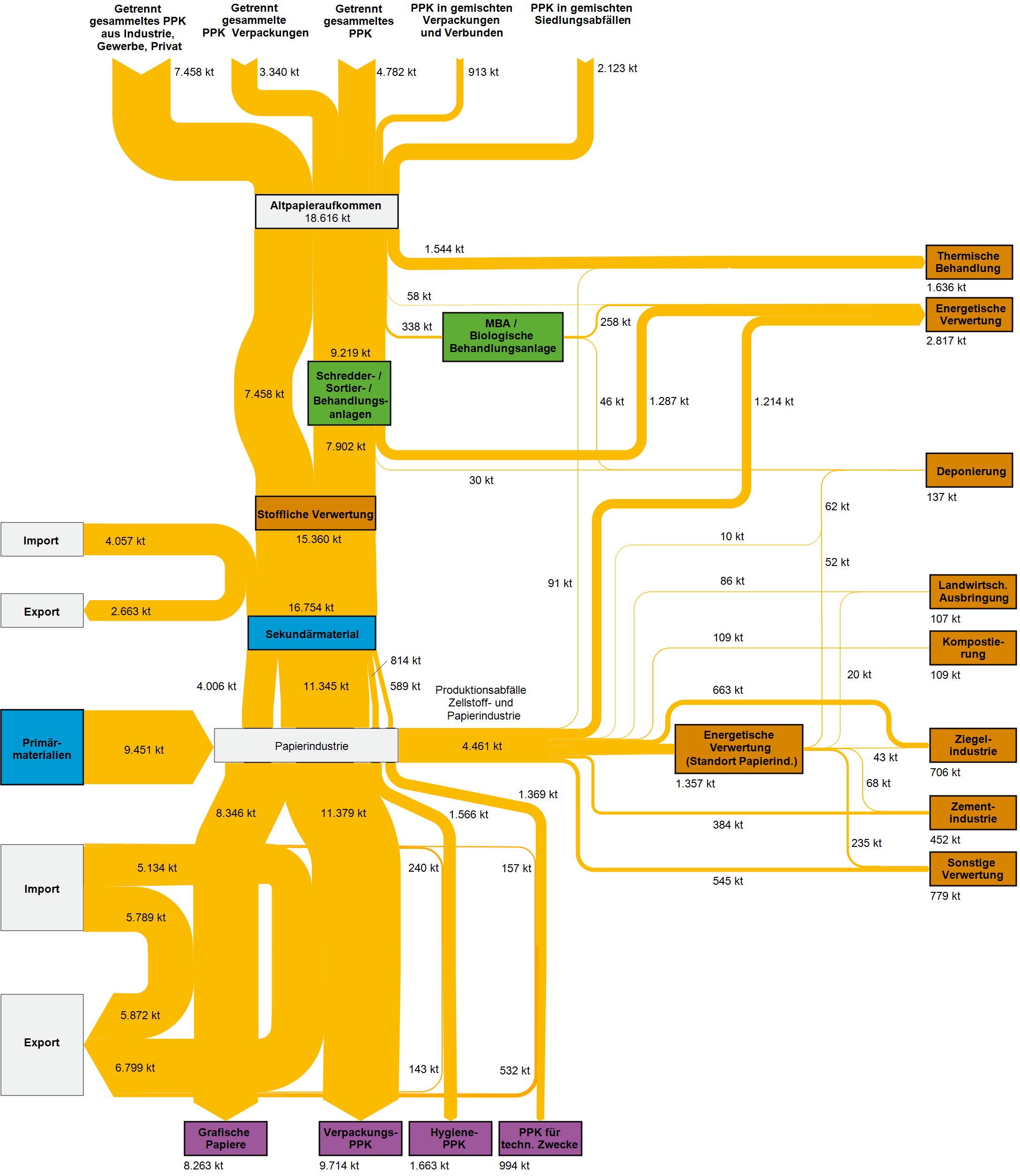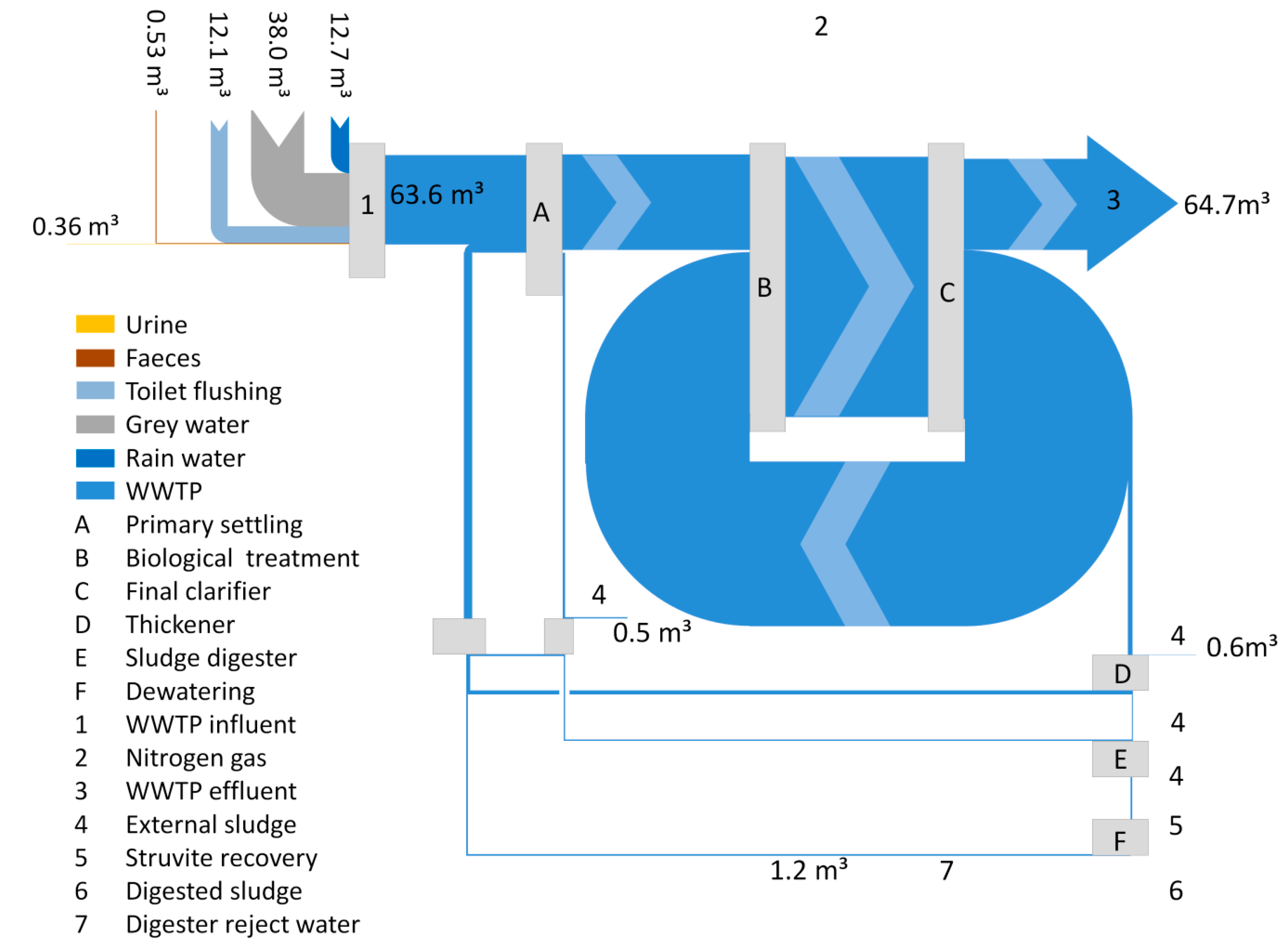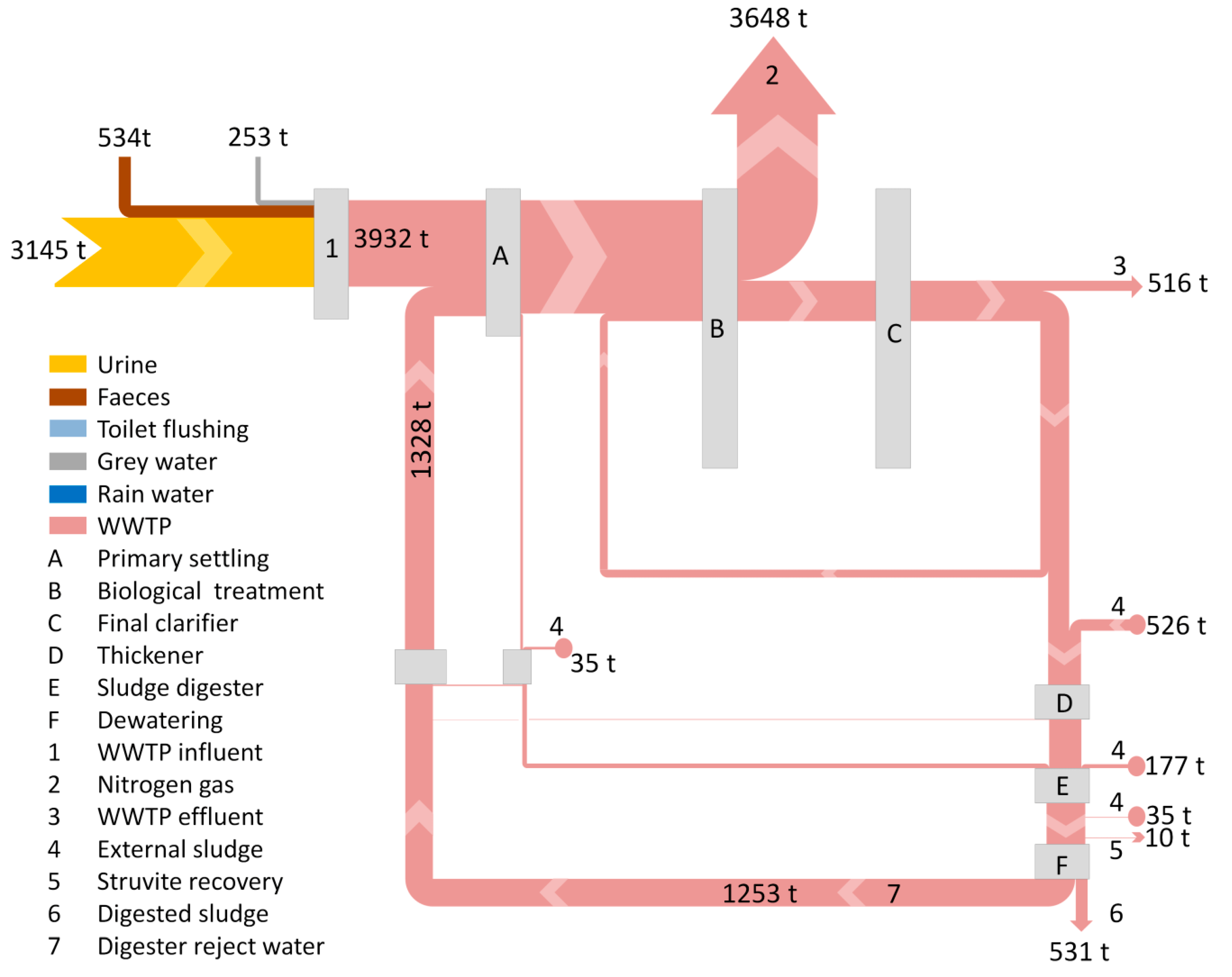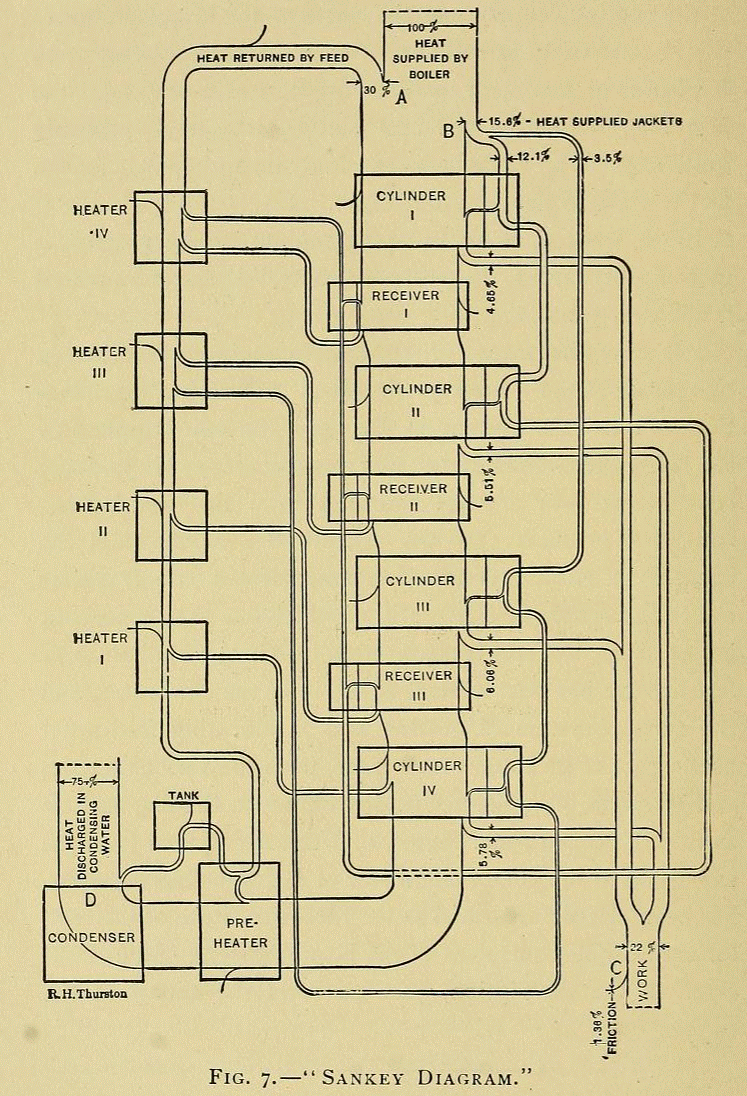With all the news and discussions about trade balance and tariffs and exports of goods from China to the U.S. we mustn’t forget that China is also a large importer of resources from all over the world.
The below Sankey diagram is a good visualization of the resource dependencies and import such as fossil fuels, minerals and ores, as well as agricultural / forestry products. I found it in an article on the Diálogo Chino blog but it was originally published in a 2016 report ‘Navigating the New Normal: China and Global Resource Governance’ by Wei Jigang et. al. published jointly by Development Research Center (DRC) of the State Council of the People’s Republic of China and The Royal Institute of International Affairs Chatham House. The image from an article ‘Will China’s new Silk Road be green?’ by Lily Pike on Diálogo Chino is republished under a Creative Commons license.
All Sankey arrows run towards China (imports in 2014) and flows are color-coded to show the resource type. There are no absolute numbers, but the value of goods imported in billions of USD is represented with a clustered scale that shows three representatives 100 bn USD, 10 bn USD, and 1 bn USD. The largest (in terms of value) stream is from the Middle East, while Latin America and Australia are the second and third largest regions delivering resources to China.
The original report is here with the image on page 64 and more detail on the data.
